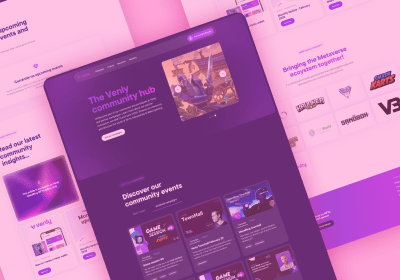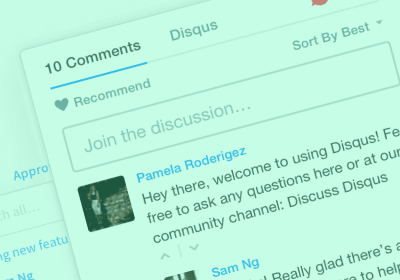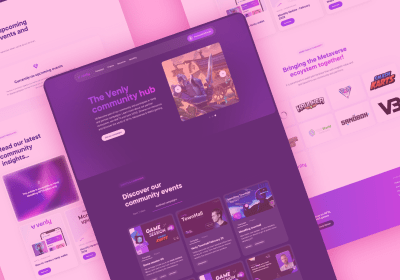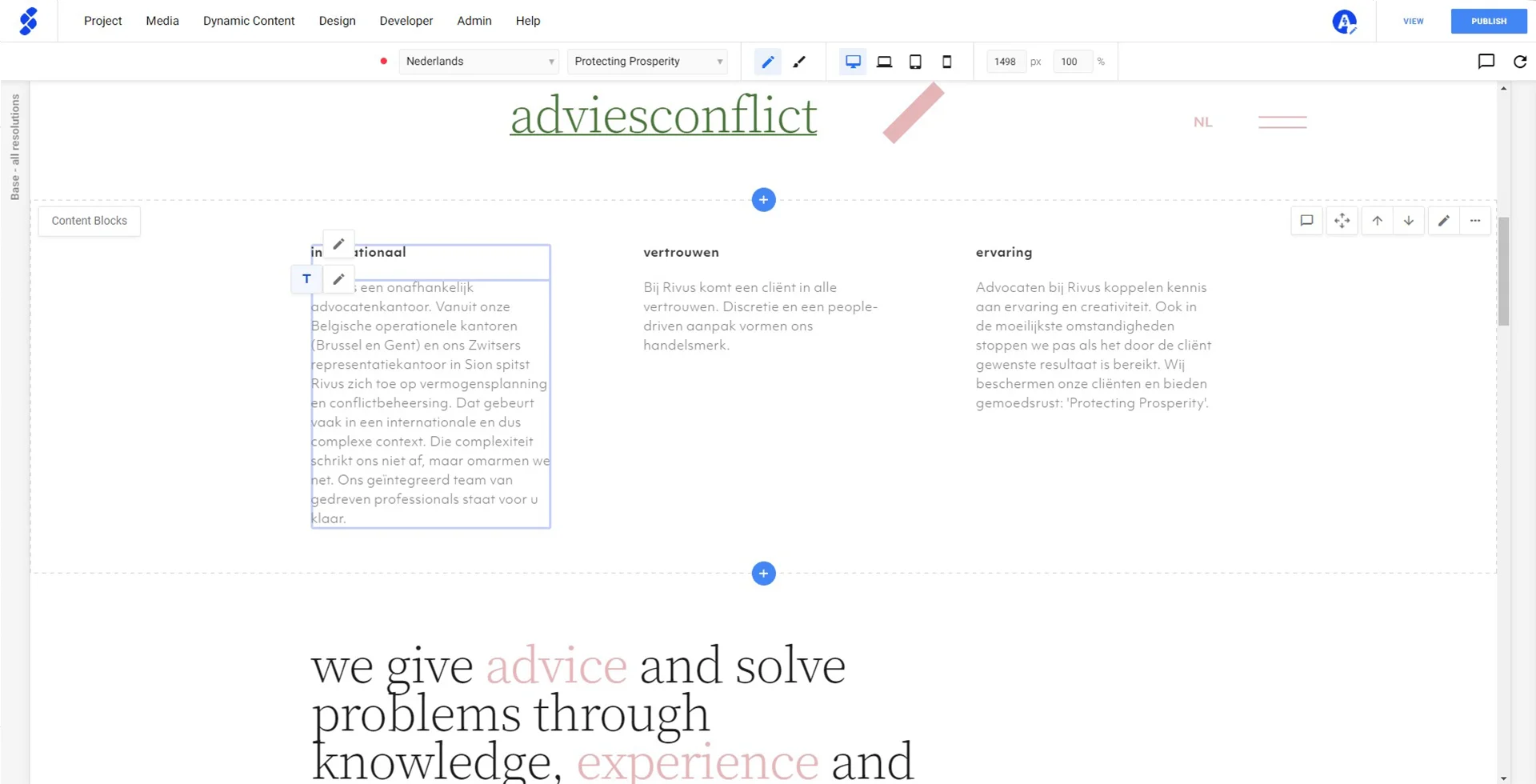Cloud Technology Boosts No-Code Movement To The Next Level
The no-code movement is trending - and that's a big understatement. Growing popularity of no-code solutions signals a big technology shift in the last decade, or “a shift from self-hosted to cloud software." Developers can now host their software solutions in the cloud, helping the industry hatch new and improved standards for collaboration, automation and data usage.
These inventive, new cloud solutions let users freely and simultaneously work on shared projects. Simply tracking collaborative activity among user profiles, software engineers can further automate tasks and kill repetitive work. It opens the door to a wider spectrum of collaborative work possibilities, and pushes workflow efficiency to a whole new level.
Cloud Innovators Chart The Way For No-Code
A quick no-code history rewind... Back in the year 2000, SalesForce got global press on their controversial, edgy new marketing tagline. They effectively predicted "The End of Software.” Launching the first cloud-based Customer Relationship Management (CRM) solution, they challenged an entire industry previously dominated by clunky, hard-to-manage software solutions. SalesForce used their new technology model of cloud computing to rise above the competition. They swiftly also rolled out the first subscription-based business model.
Self-Hosted Software Days Get Numbered
Before this, barriers to entry were high for the average small and medium enterprises, or most SMEs out there. CRM platforms were expensive, reserved mostly for big enterprise players willing to pay hefty software licensing fees. Marc Benioff, SalesForce’s founder, chairman and CEO, instead wanted every business to use a CRM with the single click of a button in their browser. He offered this service for a small monthly subscription fee that could grow based on the number of users in a company. The first Software-as-a-Service (SaaS) business model and its new ‘pay-as-you-grow’ philosophy was born.
3 No-Code Design Waves Shake The Market
Before long, these innovative business concepts from the CRM market flowed over to other industries. By 2006, WIX pioneered the first version of their site-builder. The first no-code initiatives aimed to empower SME owners to build their own digital identity and website. In the web design market, these solutions are better known as DIY platforms or site-builders. It created a totally new market segment for web design, previously dominated by hosting companies, skilled professionals and agencies: the do-it-yourself (DIY) market.
1st No-Code Design Wave: Site Builders Sink The Pros
Following SalesForce’s successful steps -and for the first time in web design- site-builders used cloud technology to ship their software. By shifting web design from self-hosted to a cloud-based market, they automated the setup and maintenance of website infrastructure for end-clients. Before then, setting up a website had been a specialized task. It required technically skilled people to set up, host and install a client’s content management system (CMS). Instead, site-builders let people with any background start a new website in their browser. Simply genius: no hosting setup needed, and always up to date.
Entrepreneurs’ Creative Challenges Solved!
Appealing to SME owners entailed automating the skilled tech coder, but also adding creativity. To make web code and design professionals entirely redundant here, site-builder technology had to also solve the creative challenge. After all, creativity and user-centric design aren’t core competencies for most SMEs. No problem: site-builders laid out creative DIY design libraries full of webpage templates and pre-built sections to choose from. Businesses without a fully-tailored brand identity could make use of these easy, finished design templates. Today’s DIY site-builder market is now mature, representing 20% of all websites worldwide. But the DIY way is not the best fit for every single business owner out there...
Cloud Design Tools Wipe Out Developers
Despite the rise of site-builders, the other 80% of websites are still built by professionals. It’s mainly because a business website is part of a larger, overall brand marketing mix. This brand marketing mix covers web content plus content marketing, search engine optimization, video marketing, sales automation, paid advertising, social media marketing, and more.
For SMEs, owners, and start-ups who just want to build a first version of their digital presence, site-builders are the easy solution. But mature organizations needing full implementation of a brand and marketing strategy rely on professionals instead. These pros -and more specifically web graphic designers- love the way site-builders offer technical independence as a standard in the market. Still, for professional use these site-builders lack some functionalities. Designers want no-code freedom to help express their creativity. They want a design environment separate from content, to limit the risk of end-clients altering brand consistency over time.
2nd No-Code Design Wave: Launch Of Cloud Design Platforms
The trigger for the next wave of no-code web design tools in the professional market: cloud design platforms. These no-code solutions grant designers creative freedom without being dependent on colleagues or freelance coders. An innovative breakthrough brought a new way to work. Past classic web design processes dictated designers hand over static images to developers. Devs then sliced the image in code and made it manageable in a CMS. Now, designers had a cloud-based design tool to generate this code automatically. In turn, graphic designers could now save more time and raise the profit margins on their web design services.
This younger market segment of no-code design systems is growing fast. It’s now 3% of the professional web design market. Using no-code automation to reduce the need for custom coding is a worldwide industry trend. And yes- it opens up a lot of newfound freedom for marketers, designers, and end-clients. But the web design game is far from over and out for developers, as some of these tools falsely like to claim. Let's dive further into the reasons why...
A New Hybrid Cloud Model On The Horizon
The reason coders can’t be held back from this no-code movement has everything to do with innovation and flexibility. Coders drive this market.
Innovative front-end technologies will keep streaming into our market in coming years at a fast pace. For most models, technology adoption happens in five different stages: innovators, early adopters, early majority, late majority and laggards. In web design, coders will always have first access to new innovative scripts, open libraries, and browser-based functionalities to name a few. In most cases, developers innovate while also leading as early adopters of new web technologies in the market.
No-Code Innovation Gaining Steam Power
No-code platforms only expand their libraries when new technology is stable and widely adopted. As a consequence, this limits the use case of no-code technology for more advanced projects. This lack of code flexibility makes open source software still the preferred solution for developers. The key may be to further involve coders in the no-code movement, and tackle this challenge together!
3rd No-Code Design Wave: Collaborative Platforms Rise Up
The way agencies work, there’s rarely just one single designer or developer involved in the project. In most cases, the project’s scope requires developers and designers to work together on a web design project. Even when a coder is only needed for 10% of the job, an intensive co-creation between teammates or freelance partners creates specific needs. Instead of focusing on one core user profile like site-builders (SME owner) or design tools (graphic designer), collaborative web design platforms offer an ultimate experience in which coders, designers, and end-clients can all work together in the most efficient way.
A Gold Cup For No-Code Design: Collaborative Teams Win!
For Designers, collaborative web design platforms offer a set of no-code design experiences to express their creative freedom. For marketers, no-code engines could automate the setup of new project integrations. These no-code modules build code in a visual way and simultaneously set up a custom CMS for the end-client's convenience.
The developer’s key role in these collaborative web design visions is to build the latest, custom design technology functionalities -or to integrate them with other smaller SaaS applications. Thanks to the hybrid nature of collaborative platforms, developers can expand no-code libraries for designers on their team. Collaborative web design technology can start to rival the same freedom and code flexibility that coders are used to in open source technology.
Smooth Sailing For Scalable, No-Code Design Systems
Collaborative web design platforms balance the no-code needs of graphic designers and end-clients, with the functional code freedom of developers. These win-win team platforms are the ultimate solution for agencies and web professionals, who can scale their web design business by building design systems. A design system will boost efficiency, improve team collaboration, kill repetitive work, and strengthen your maintenance capability. This innovative way of working will save valuable time and increase profit margins on your projects.
Grow Your Web Design Business With A No-Code Design System
Build scalable no-code design systems to chart your growth as a web design business. The basic idea of (web) design systems is to build and maintain shared libraries of design elements. The main goal of this shared library is to create predictable workflows and design consistency. This shared library is like a Lego kit full of pieces you can assemble in near-infinite ways. The components are already designed to fit each project, but also remain fully configurable and customizable from the ground up.
Design systems can be used on an agency or project level. The decision to implement design systems goes hand-in-hand with choosing the right technology for the job. Your preferred technology to build a design system should be cloud-based and data-driven; working on low-code and no-code principles; simultaneously powering a code, design, and content module.
Dive in here to test the waters and learn more about the inner workings of design systems.
Want to start building No-Code?
Wondering whether SiteManager would be a fit for your team? Contact us and we will guide you around!






